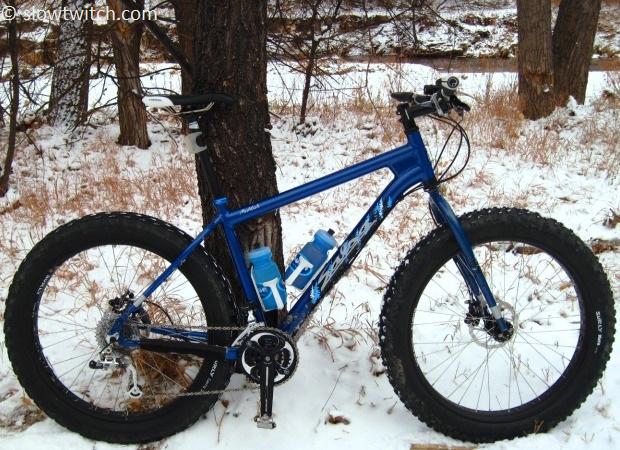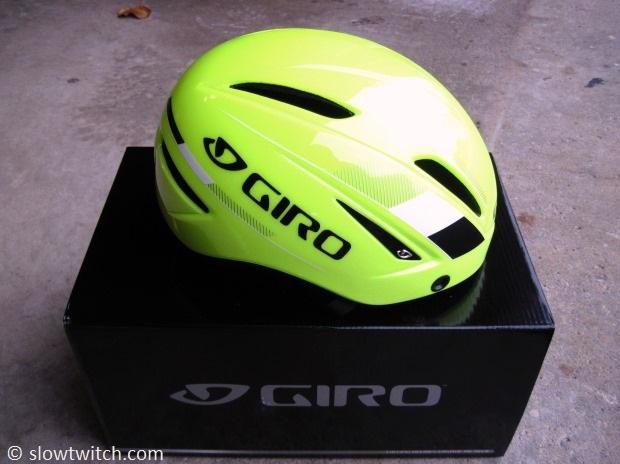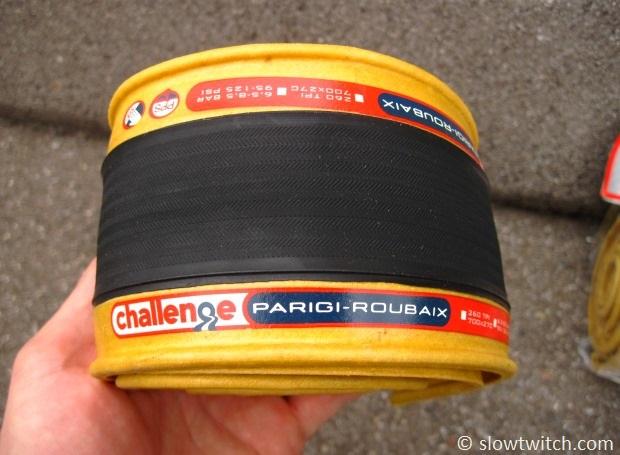Your ideal winter kit
It’s winter. It’s cold. Well, at least in the Northern hemisphere.
In fact, we’re having one of the worst winters I can remember in all of my days. The past few months have been a blur of cold, snow, cold/snow/cold, and oh yeah – a little bit of white winter precipitation. In Michigan where I live, January 2014 has been the snowiest January on record. I can count the number of days on one hand that have seen temperatures above freezing in the past six weeks, and it reads like a big fat O.
What is a cyclist to do in this weather? How does one dress properly for extreme cold? Is riding even possible outdoors? While this may seem late in the season, don’t get too excited – by the looks of it we’re far from done with this mess (and it’s never too early to prepare for next year). Consider this our condensed version of winter riding for dummies.
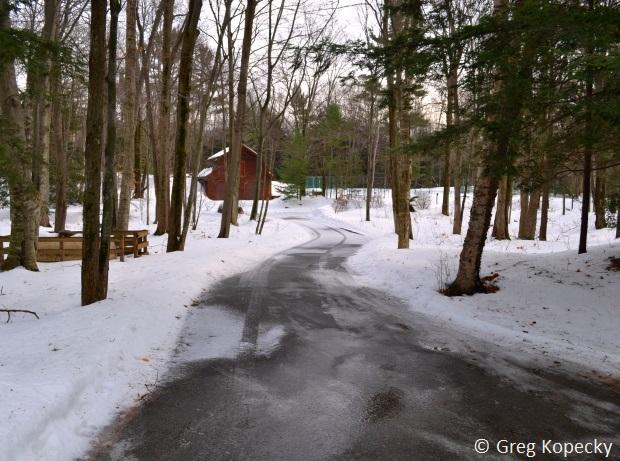
Basic Apparel
To kick this off, you’re going to need to wear some clothes – lots of clothes. You always hear that layering is important, because it is. My personal limit for cold road riding is zero degrees Fahrenheit wind chill (-17.78 Celcius). I am open to mountain biking in temperatures below that, provided it is sunny and on shielded trails.
At temperatures that cold, I typically need four or five layers that look something like this:
-Long sleeve base layer
-Long sleeve jersey
-Long sleeve fleece pullover
-Winter riding jacket
-Wind vest or wind jacket
If I don’t put the wind vest on before I start, I always bring it with me just in case. I also always wear a hydration pack on my back in very cold temperatures. Even without any water in it, having something cover your back helps retain heat quite well.
In terms of specifics on the garments listed above, I have found a few pieces over time that stand out as favorites. My top winter jacket honors go to the Mavic Vision. It is as warm as any other winter cycling jacket I have tried, but comes in a hyper-bright orange color. It’s easy to find bright colored short sleeve jerseys or thin vests, but not full-on winter jackets.
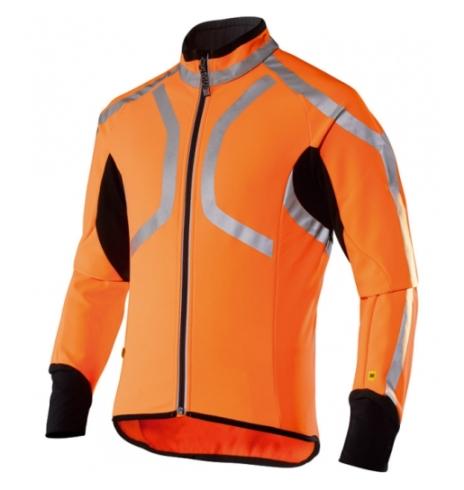
As a bonus, the fit is very good, the quality is fantastic, and it has a feature that so many fail on: Sleeves that are actually long enough. For winter riding, it is an absolute MUST that your jacket and gloves have some overlap – hence the need for long sleeves. If you’re wearing as many layers as I do, err on the larger size for your jacket.
The other favorite I have is my Patagonia base layer. Base layers might seem to be a dime-a-dozen, but there are real differences among them. I bought a single Patagonia Capilene midweight quarter-zip about eight years ago, and I reserve it for the coldest days. I paid a princely sum for it, but do not regret the purchase one bit – it’s incredibly warm.

One thing I’m still searching for is the perfect pair of tights. I prefer those without a chamois, so I can wear shorts underneath for a second layer of protection. My current go-to tights are a pair of now-discontinued Descentes. They aren’t quite as long as I’d like, but they get it done down to zero degrees. The difficult part is that you want something substantial enough to keep warm, but not so thick that it impedes your pedal stroke.
Gloves
Gloves are perhaps the most important piece of clothing for winter riding. I’ve been able to find a lot of mid-temperature gloves, but very little that takes care of business for seriously cold temperatures.
If I am going to wear a single layer of gloves, there are a lot of choices. My current favorites are the Pearl Izumi P.R.O. Softshell glove, and the Bontrager RXL Waterproof Softshell glove. The Bontragers, in particular, are very long:
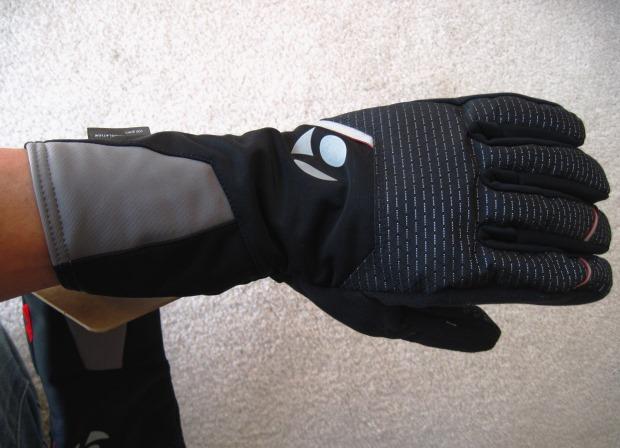
…which overlaps nicely when using their RXL Stormshell Jacket with thumb loop:
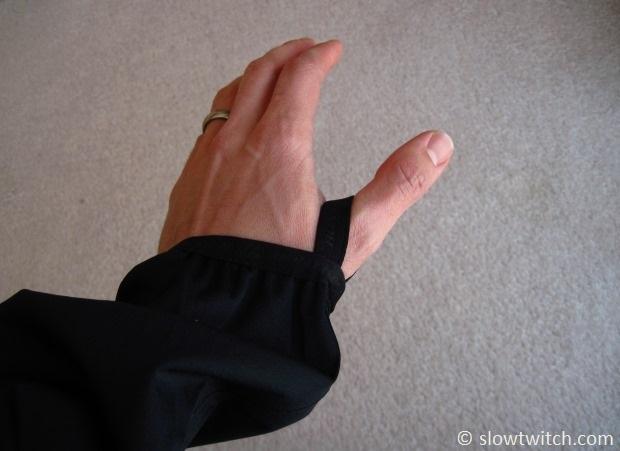
For riding down to zero degrees, my best gloves are the Pearl Izumi P.R.O. Softshell WxB 3×1. They’re Pearl’s warmest offering, and actually give you two full pairs of gloves. First, you get a very nice liner glove:
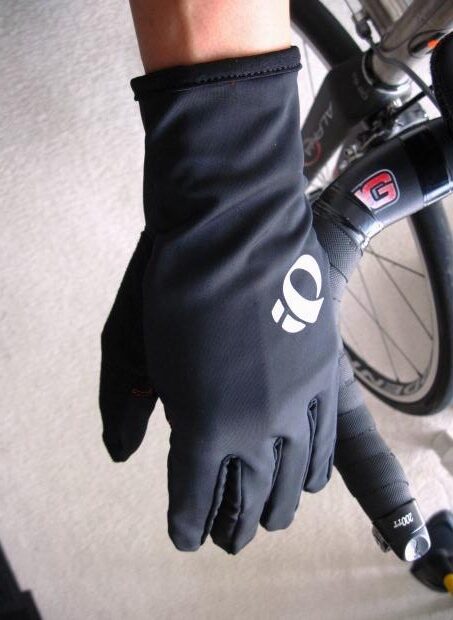
I find myself using the liners all the time just for wearing around – that quick trip to the grocery store or gym.
The main outer glove can be seen here:
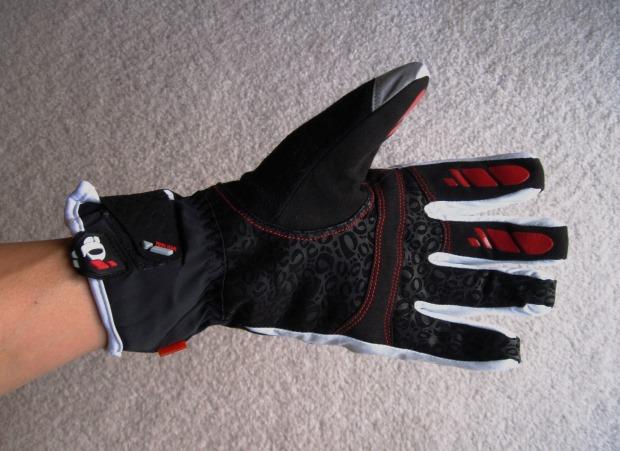
While these gloves are awesome, they do not cut it at about 10 degrees and below. For those endeavors, I add a pair of off-the-shelf hand warmers between the two gloves:
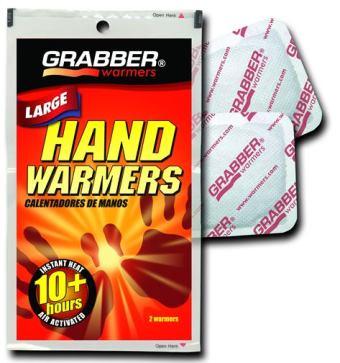
The key with hand warmers, in my opinion, is to open the package about 30 minutes before you start riding, and put one warmer in each glove to preheat it. If you only open them right before your ride, they’re not going to heat up in time.
For riding in subzero temperatures, the best route is a pair of Pogies. These are effectively large mittens that mount to your handlebars and act as a shield against air. They are available in both road and mountain versions from companies such as Bar Mitts.
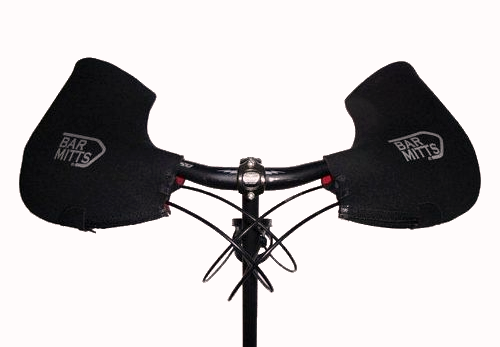
While Pogies are obviously very large and very un-aerodynamic, that’s the least of my worries for winter riding. In fact, going slower is a bonus, because it reduces the effective wind chill on your body.
Head Gear
For head gear, I need a thick hat for anything below about 40 degrees, and a face covering for anything below 15 or 20. Back when I started cycling, I’d use a balaclava, but always had the problem with the top of my head losing heat. Adding a hat on top of the balaclava was always too thick for using with a helmet.
I have two solutions that I have implemented this winter. First, the Giro Air Attack helmet. With much less venting than a traditional helmet, it helps to keep me warm. It is also available in a super bright neon yellow color, for improved visibility.

On a budget, I’ve even seen people wrap their traditional vented helmet with plastic cooking wrap. What you’re looking for is some way to block air from coming through the helmet.
The second trick I have is a proper neck gaiter. My favorite comes from Bontrager and costs about sixteen bucks:
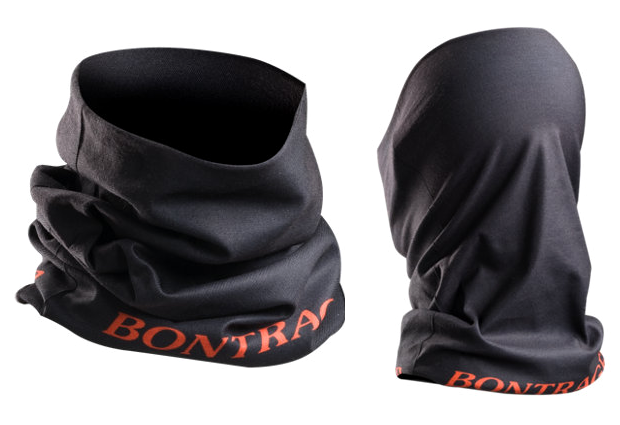
It is adjustable, stretchy, and can be used in many ways. If it’s just chilly out, I wrap it around my neck for a little extra warmth. When it’s freezing cold and windy, I wear it as shown on the right in the above image. It is thin enough that I can use a hat on top of it, effectively giving me double protection on my ears and most of my head. Compared to only wearing a hat, it is an unbelievable difference.
Finally, you need to consider your eyewear. If it’s not too cold, I can ride with or without glasses. The problem is that when it gets really cold, I can’t ride with glasses and a face cover at the same time, because my breath fogs up the lenses. That causes its own problem – my face freezes. Indeed, in the name of product testing (specifically, the WxB gloves), I ventured out on a day with -20 Fahrenheit wind chill. My hands were reasonably comfortable, but my eyes and the bridge of my nose were painfully cold. After seven minutes, the ride was over.
I recently contacted the folks at Optic Nerve, and they were kind enough to send along a pair of their Boreas Inversion goggles to try out. They feature double lenses to resist fogging, and are available in a variety of tints. Optic Nerve representatives tell me that while they were originally intended for skiing or snowboarding, many of their customers use them successfully – with helmets – for cycling in the winter.
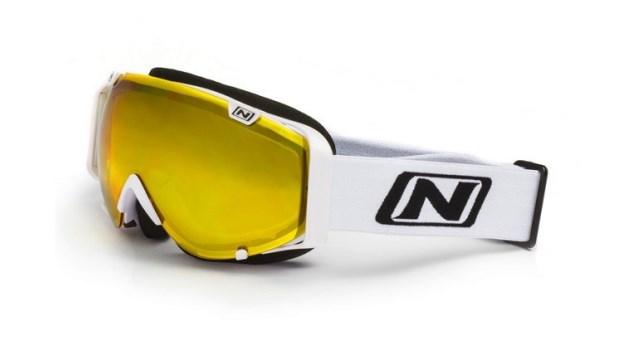
With these goggles, I will officially have zero skin exposed to the air, and can venture out in even colder weather.
Shoes and socks
In my opinion, one of the best investments you can make for winter cycling is a proper winter shoe. Most feature aggressive lugs on the bottom, zero venting, and a high cuff. I bought a pair of Specialized winter shoes about six or seven years ago; this is their latest version called the Defroster:
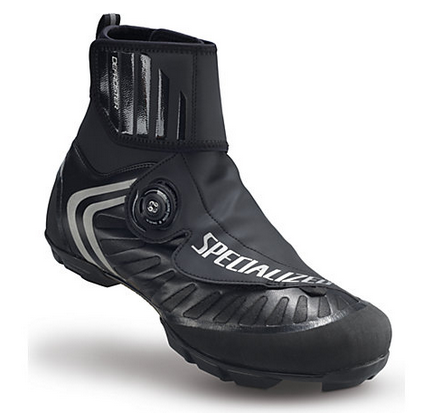
Some companies offer a road version (for road cleats), but I generally recommend the mountain version. If it’s that cold, there’s a good chance that it won’t be safe to ride a road bike; you’ll be riding something with fatter tires and mountain pedals (like a cyclocross bike or mountain bike).
You should buy your winter shoes at least a half size larger than normal. My Specialized shoes are a full size bigger for me. The reason you want extra room is twofold – 1) You can wear very thick socks, and 2) You can fit a heated toe warmer inside the shoe, similar to what you use in your gloves. I have yet to have my feet get cold for any length of time this winter. Like the glove procedure, I recommend opening the packaging of the toe warmers about 20 or 30 minutes before riding, and placing them inside of your shoes to pre-heat them.
For socks, my current favorites are from Smartwool.
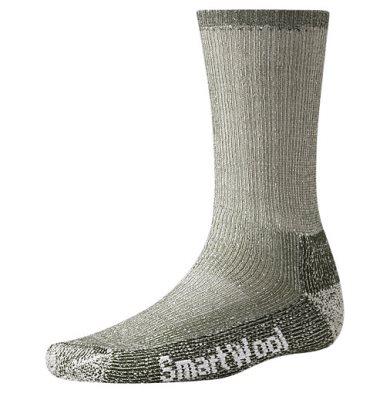
I have one pair of the Trekking Heavy Crew Socks, which aren’t even intended for cycling. They’re really thick, warm, and have fantastic cushioning underneath the whole foot.
Ski and snowboard socks can also work well, because they’re extra tall and give you double protection from the wind on your shins. The only thing to keep in mind is that you need to have tights with some measure of stretch to them in order to fit the socks underneath.
—
In the second segment of this article, we’ll cover some specifics that relate to your actual machine – brake pads, tires, fenders, and other essentials.


